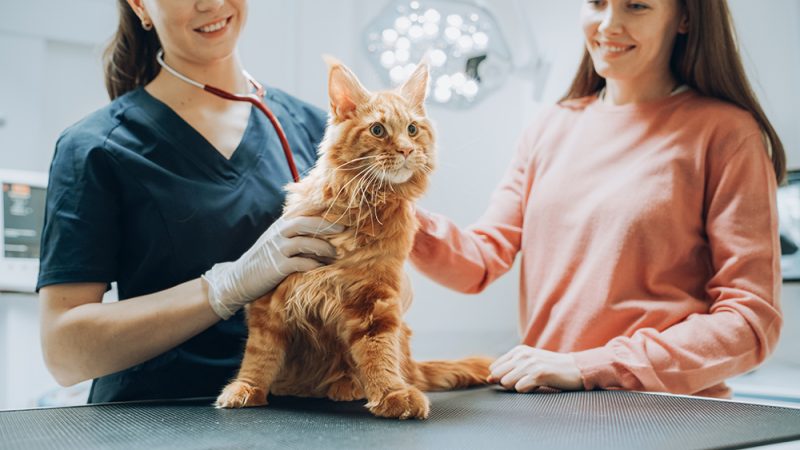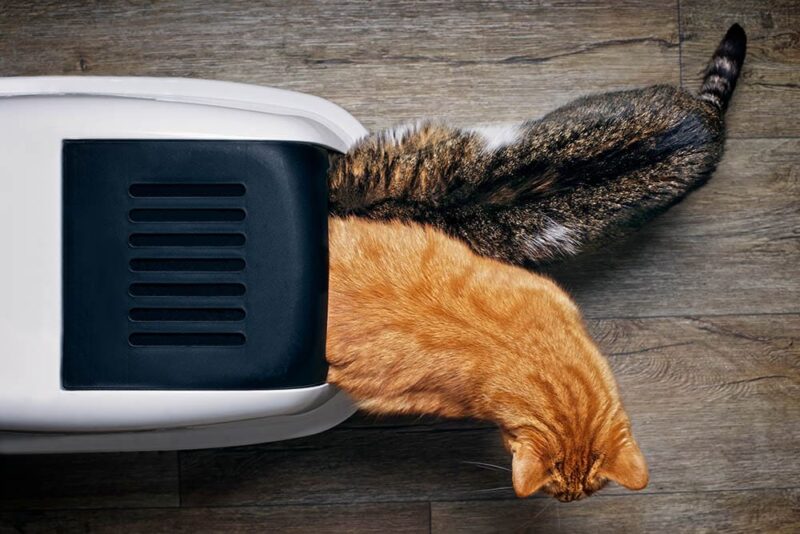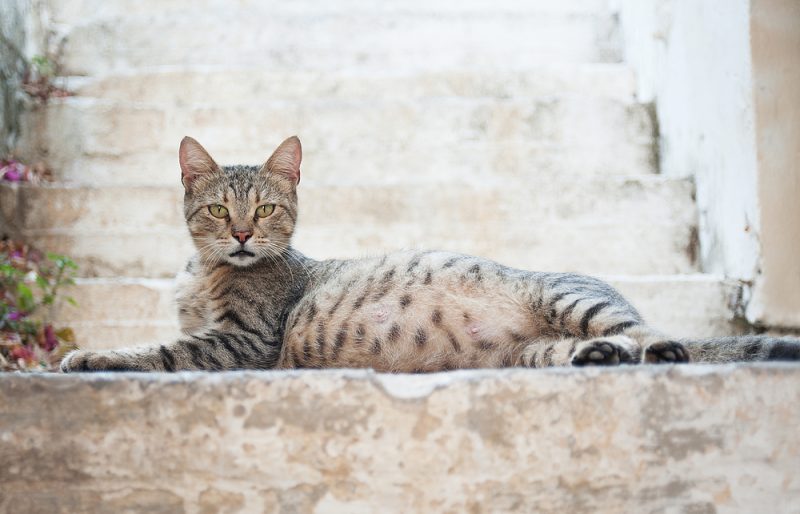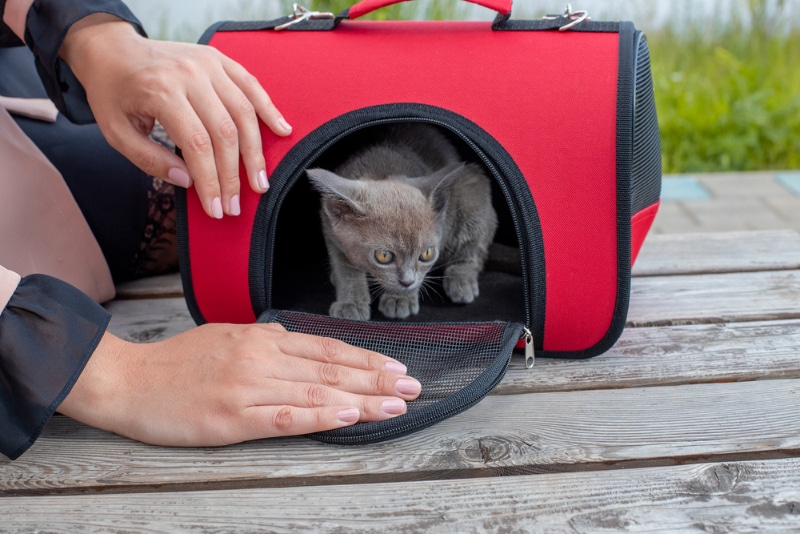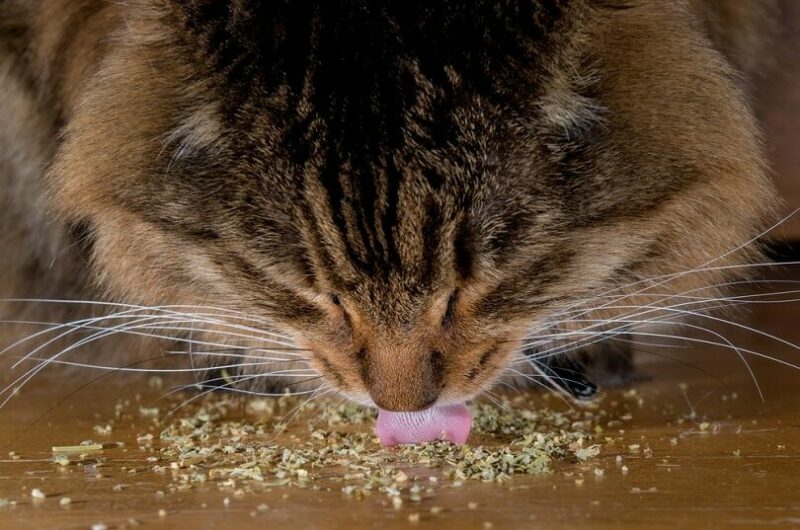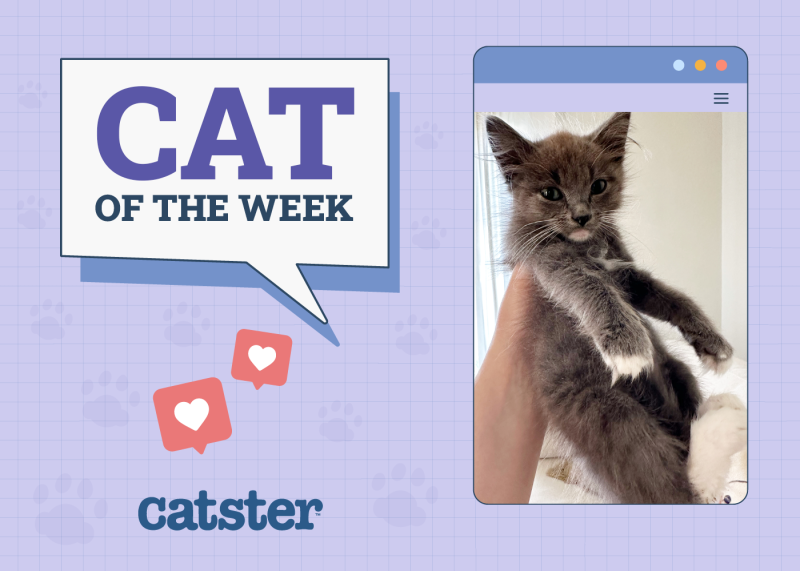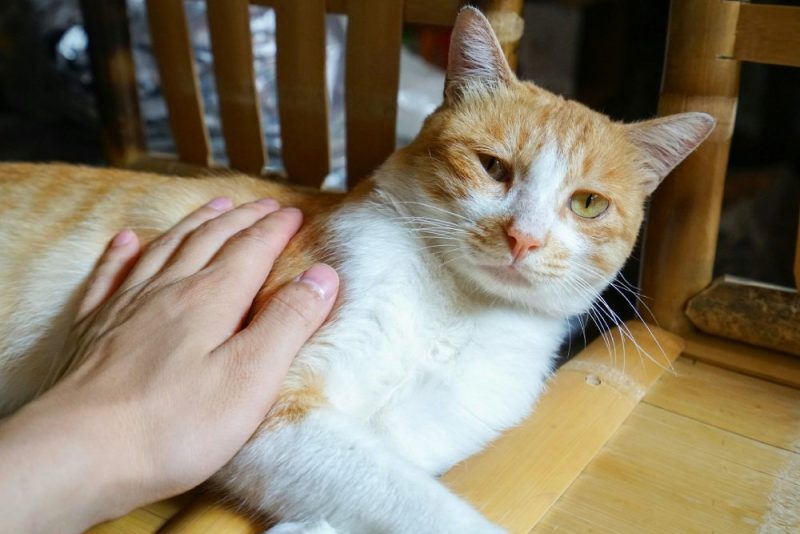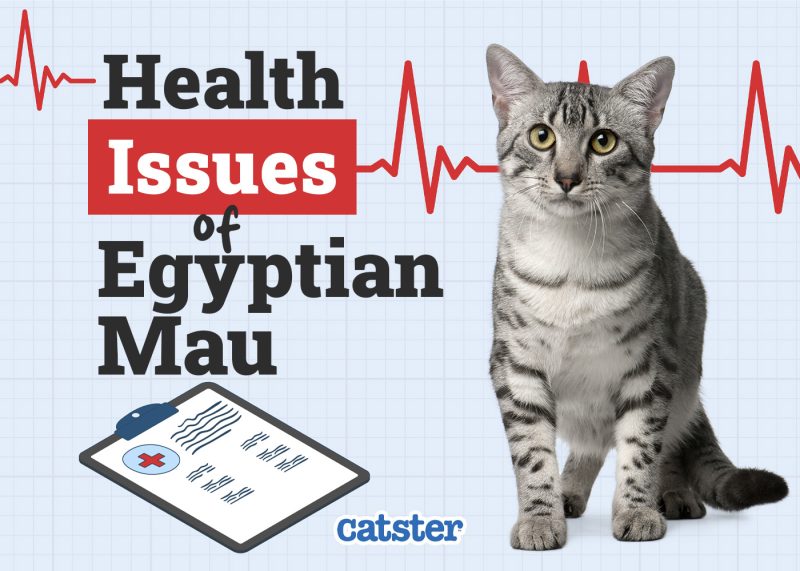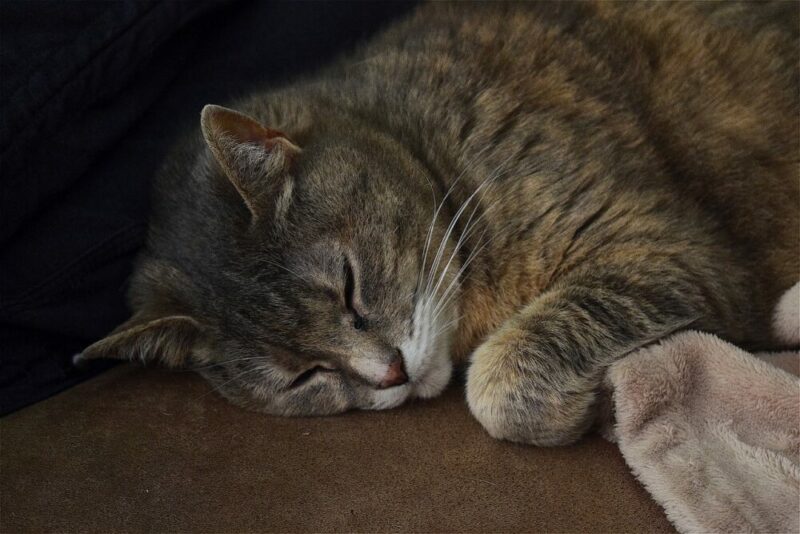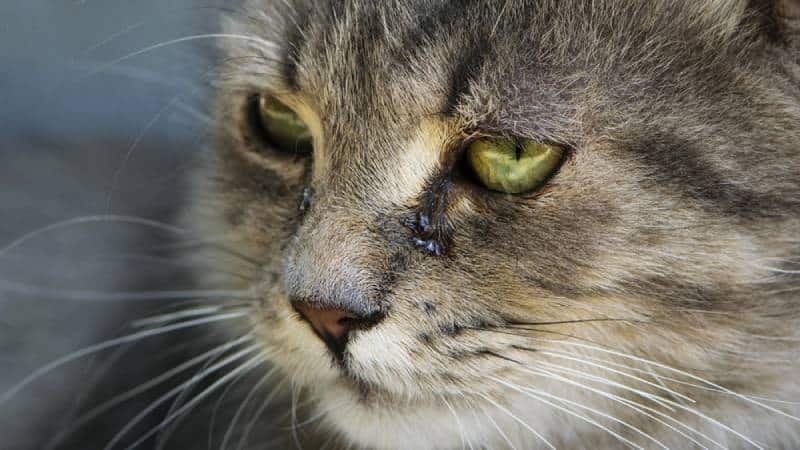The vet can be a terrifying place for cats. And it isn’t just the typically timid cats that are affected. Otherwise confident and assured felines can melt and become trembling wrecks when faced with baying dogs, yowling cats, and the smell of other animal visitors. Not only does this make vet visits more stressful for cats and their owners, but it also means that a lot of owners avoid bringing their cats to the vet.
Looking at it from the cat’s point of view, most are put in confined cat carriers that are uncomfortable and hard. They are then transported in a loud, smelly, noisy car. They wait in a reception area typically filled with overwhelming noises, smells, and sights, and then they are subjected to poking and prodding: and that’s if the cat doesn’t require any treatment.
If they need an operation or even an X-ray, they’ll be left by their owners, sedated, and will come around in a strange environment feeling awful. There is nothing about a traditional vet visit that is enjoyable for most cats.
However, there are steps that practices can take to help alleviate the stress and make the experience at least a little more bearable. Below, we have included some tips to help make a vet’s office more cat-friendly.
Top 8 Tips to Make Vets’ Offices More Cat-Friendly
1. Make It Cat Only
This is an extreme solution and one that most veterinary practices won’t be able to follow, but cat-only vets are much less stressful for their patients. Cats won’t be able to smell or hear dogs and won’t get anxious at the sight of birds or small animals that might be brought in.
Staff are usually more experienced in handling cats, too, and, as a vet, it is possible to concentrate training and education on feline-specific veterinary treatments.
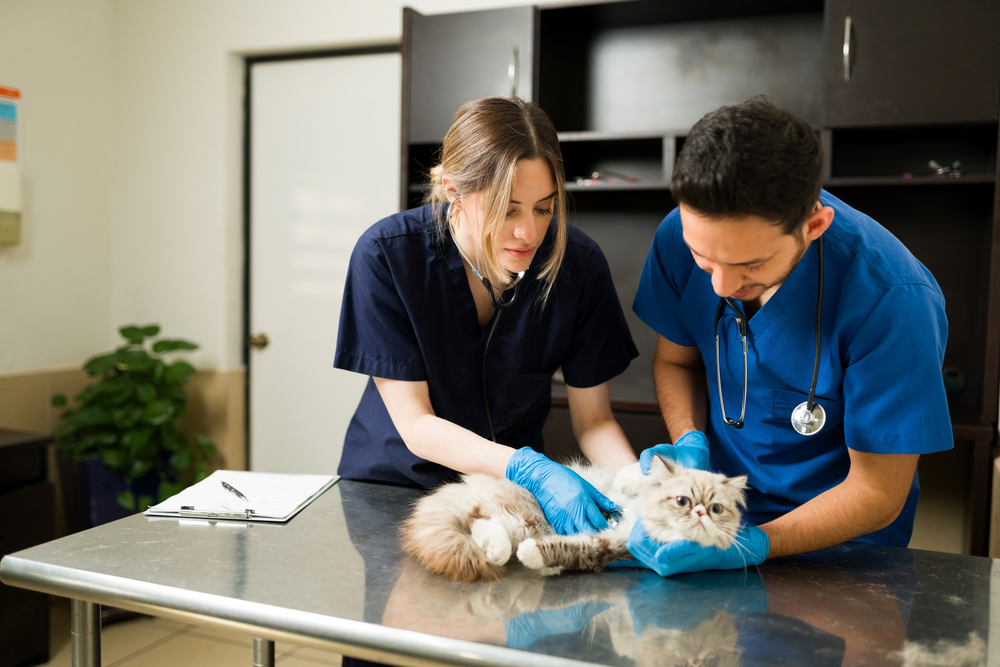
2. Have Separate Waiting Areas
While it might not be possible to go completely cat-only, if you have ample space in the waiting area, or two rooms that could be used, having a separate waiting area for cats is a good idea.
They won’t hear dogs barking or crying, and they won’t get over-excited seeing birds and other small animals in the waiting area. Just as importantly, they won’t be able to smell these other animals. Cats have very astute senses of smell, and even after cleaning, the smell of excited dogs can linger in the air. This is especially true if you consider that most owners put their cat carrier on the floor, so their cat will be close to the ground where the smell will be strongest.
3. Assign Time Slots for Different Animals
If you don’t have the inclination to become a cat-only clinic or the space to have separate waiting rooms, you can assign certain times of the day or even days of the week to certain species. For example, Monday and Thursday could be cat-only days when you cater to those cats who are especially anxious around other animals.
Not only does this reduce the chances of cats and other species mixing, but it also gives you more time to give the waiting rooms and treatment rooms a deep clean before your feline patients arrive.
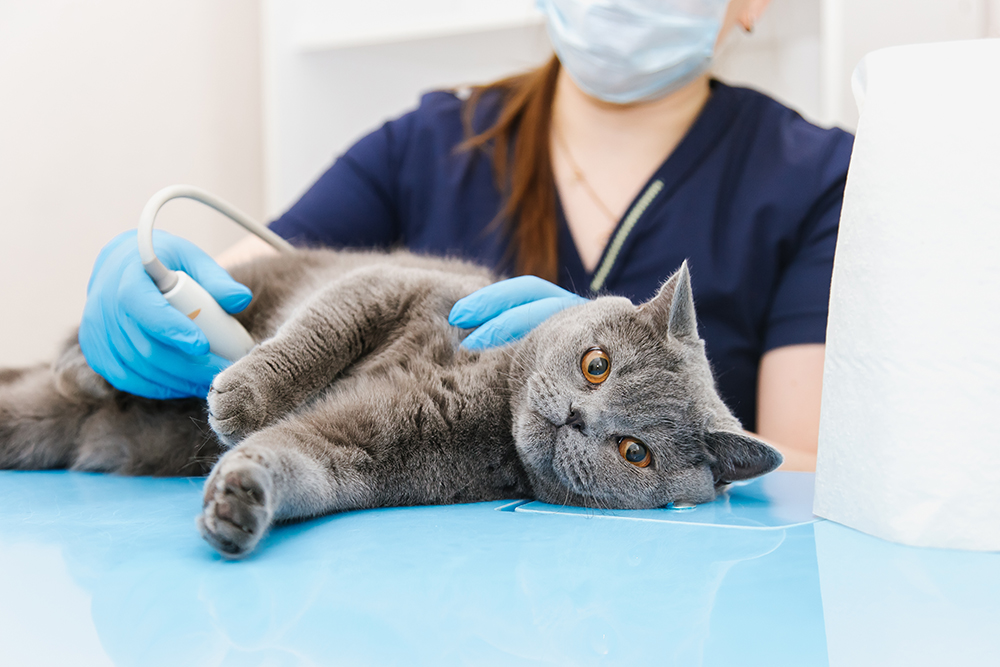
4. Give Them Space
Whether you have a separate waiting room, a completely different practice, or you assign specific days or times as cat-only, make sure your waiting room offers enough space. Not all, but most cats will be brought in in carriers.
Carriers are usually placed on the floor, and they do take up space. It’s better if carriers can be placed higher up, on tables or shelves, so cats aren’t towered over by canines and strangers, which can add to stress.
5. Dedicated Cat Treatment Areas
Try to assign one or two examination rooms to cats. An excited or nervous dog may cause a mess in the treatment room, and a quick spray with disinfectant won’t be enough to completely eradicate the smell before you welcome a feline visitor.
Similarly, if you have wards or areas where animals are kept overnight for operations or other cases, try to ensure that cats and dogs are kept separate. If dogs see the cats, it will set them off barking, and the barking will make the cats anxious. None of the animals will get a decent night’s rest.
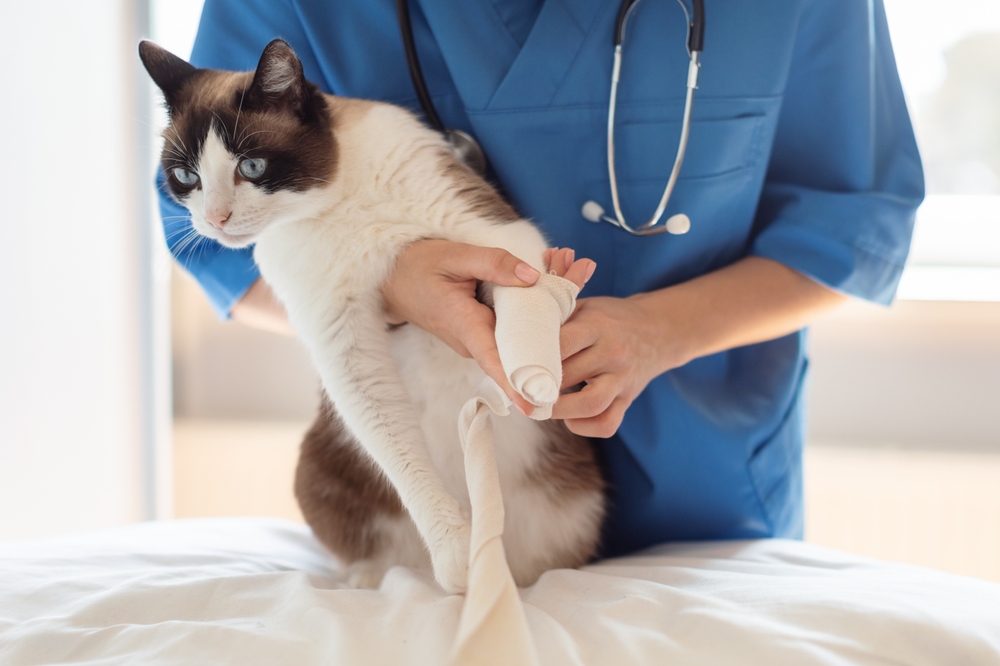
6. Clean and Disinfect Regularly
Cats have sensitive noses and very acute senses of smell. They will know that other animals have been present in the waiting room and other areas, but if you don’t clean at all during the day, the different smells can be incredibly overwhelming for your cats.
Unfortunately, accidents do happen, and nervous or excited pets can leave messes on the floor. They also leave hair and may mark territory, leaving strong scents behind for cats to deal with. While you can’t have the waiting area cleaned after every single patient, quiet periods are a good chance for somebody to get out there and use disinfectant.
Wash down and disinfect the examination room and treatment table after each patient, too. This will help keep the scents under control and encourage patients to be a little calmer.
7. Have All Staff Trained on How to Handle Cats
You should ensure that everybody working at your vet is trained to handle and deal with cats. This will reduce anxiety in the cats, and it will make the vet practice a more appealing location for cat owners who want the best for their feline friends. Specific training and feline-friendly certifications are available through the American Association of Feline Practitioners and the International Society of Feline Medicine.
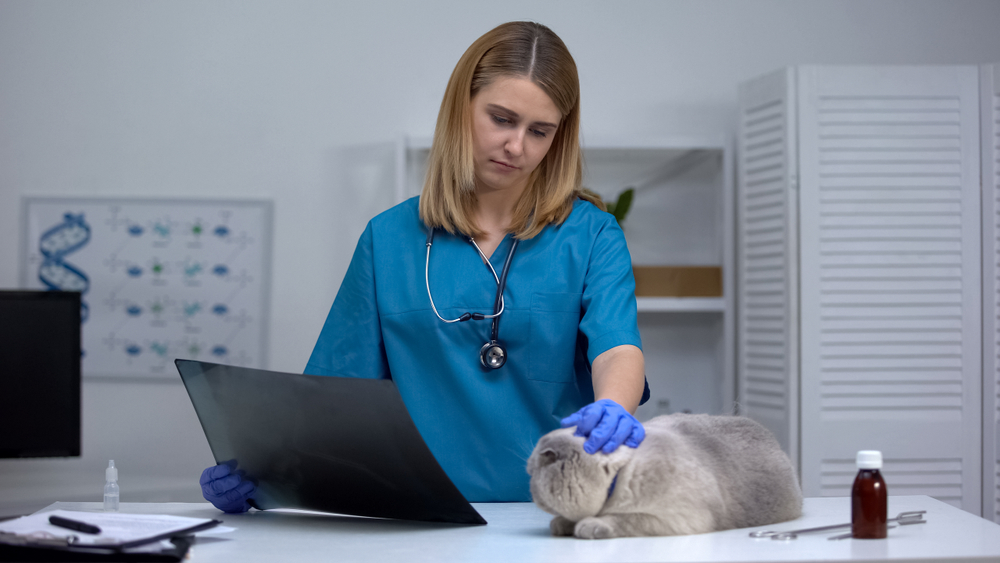
8. Educate Owners
Dog owners are more than twice as likely to visit the vets than cat owners, and one of the reasons for this discrepancy is that the vet’s office is a more challenging experience for cats and their owners than for dogs and their humans. However, without regular checkups and routine care, cats are more likely to get ill or suffer health problems.
An unwillingness to visit the vet’s practice means that some cats go without their vaccinations, too. Let cat owners know that they are welcome, that you have special practices and routines in place to make cats feel at home, and educate them on the potential dangers of not having regular checkups.
Why Do Cats Hate the Vets’ Office?
For cats, a visit to the vet starts long before it even reaches the waiting area. Most cats are transported in carriers that they aren’t used to. Carriers can be cramped and uncomfortable, and this problem is worsened when put in a car or carried alongside a person. The car journey is also difficult for most cats. The motion, noise, and even the smell of cars is alien to most cats, and all of these sensations can be overwhelming.
But, when it comes to overwhelming the senses, the waiting room at the vet typically tops the list. They smell of other cats, dogs, and more. And if there are other animals in the waiting room, it is even worse. There is very little about the experience that doesn’t have the potential to overwhelm the typical cat.
How Can You Calm an Anxious Cat?
Calming an anxious cat is difficult. Give the cat’s owner time to hold and reassure them, and if any treatment or examination can be conducted while in the owner’s hands, this is usually the best approach. Otherwise, give the cat space, take things slowly, and consider the use of hormone sprays or a bowl of food to make things go more smoothly. Use feline-specific pheromones to help reduce feline stress, as well, throughout the clinic.
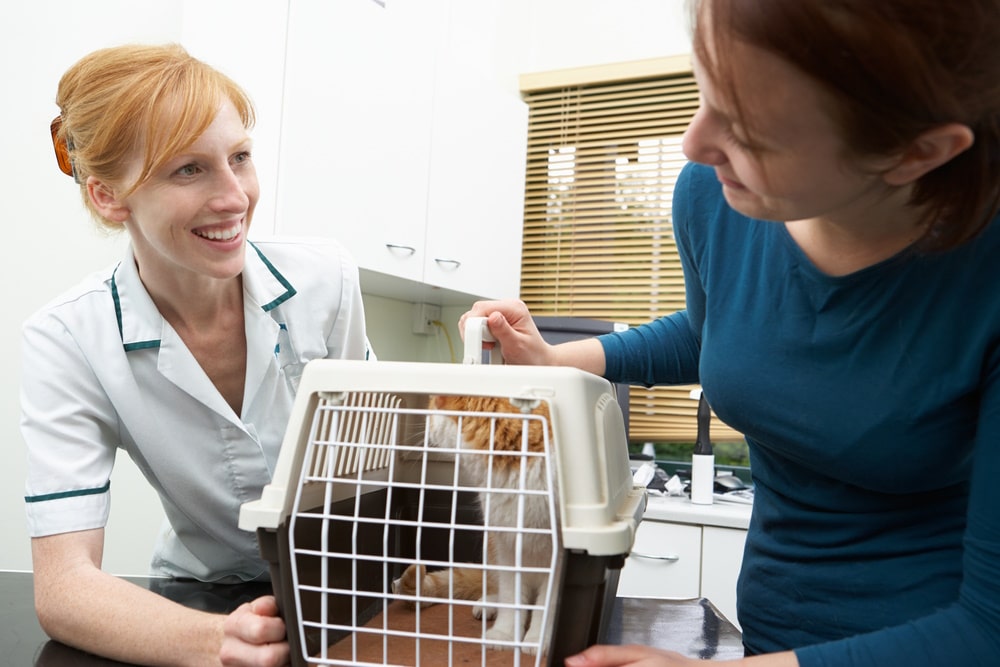

Conclusion
Cats need regular vet treatment and examination, just like dogs and other pets do. But they are a lot less likely to be taken to the vet because it is considered a highly stressful environment for most domestic cats.
Ensuring that the vet’s office is cat-friendly can make the experience less stressful for cats and owners, thereby encouraging cat owners to bring their cats in more frequently. Much of this means trying to find ways to keep cats separate from dogs and getting rid of smells and anything else that cats might associate with them.
Featured Image Credit: Gorodenkoff, Shutterstock
